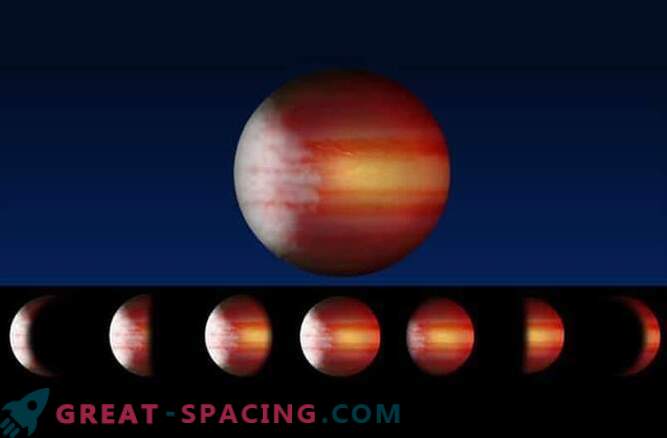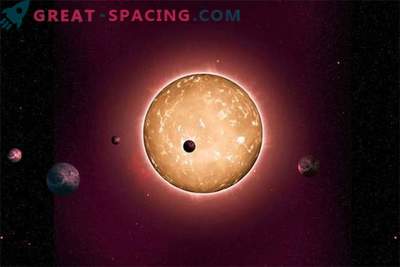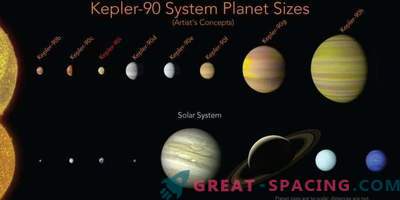
Exoplanets resembling the Earth have a non-permanent and complex weather system with an unpredictable and changing climate, but still the dynamics of the exo-atmosphere in distant worlds remains a big mystery.
Using high-precision data from the Kepler Space Telescope, a group of researchers from the University of Toronto, York University and Queen’s University in Belfast focused on six large exoplanets, observing the rotation of these planets around stars in order to find patterns in their global weather systems.
Of course, we are not talking about exoplanets, at least something resembling the Earth, it is much more difficult to observe them; our worlds are hot (more than 1600 degrees Celsius, or 2900 degrees Fahrenheit) and massive gas giants revolving around their stars at a very close distance. In the future, when our equipment may become technically more complex, the methods used to estimate alien weather systems that are distant from us will also be used in studies of small stone planets.
In order to examine these worlds in more detail, the researchers observed the different phases of the orbits of these exoplanets. Similarly to the phases of our Moon, which depend on the angle of the Sun illuminating its surface, from the point of view of the Earth observer, distant exoplanets have rather similar phases that can be observed from a distance of many light years. "We determined the weather of other worlds by measuring changes on the planets, during their passage from the parent star, to learn more about the cycle of day and night on exoplanets," said Lisa Esteves, from the University of Toronto, the lead author of the study. "We traced how each of them goes through its cycle of phases, during which different parts of the planet are brightly illuminated by a star, or are in complete darkness."
During the formation of a planetary system in a star, the planets closest to the star, according to the assumptions, rotate counterclockwise, which is akin to right-hand movement in terms of the orbits of the planet. Thus, in most massive gas giants, presumably from the very beginning of the existence of the planet, an eastern stream of atmospheric winds is formed. Scientists also found that the clouds that form on the night side of an exoplanet, going out on its day side, heat up and then quickly dissipate.
It was very interesting when the team saw an increase in brightness in the four worlds during the morning time, and in the other two during the evening, both discoveries provide us with interesting clues to understand the nature of the atmospheres of these six exoplanets.
"The winds continue to drive the clouds to the day side, where they heat up and dissipate, leaving a clear dining sky behind them," says Estevez. "These winds move the hot air east of the meridian, which is mid-day at this time, which results in higher temperatures in the afternoon." "Comparing the planetary data on previously determined temperatures with the phase measurement cycle provided by Kepler, we found that the excess brightness on the morning side is most likely generated by the reflection of starlight," says Esteves. "These four planets are not hot enough to create an excess of light from thermal radiation."
"The excess light seen on two very hot planets can be explained by thermal radiation," she added. "Most likely, this is explained by the fact that specifically in this case the winds move heat to the evening side, thereby creating excessive brightness."
Previously, Kepler data was mainly used to measure the reflected and thermal brightness of exoplanets, but today it is the first attempt to measure changes in the brightness of the phases of exoplanets, in order to determine the cycle of day and night, as well as the dynamics of exoplanetary weather conditions.
"The upcoming space missions should reveal many more small planets around bright stars that will be the main targets for future detailed research," says co-author Ray Jayavardhana of York University. "I hope someday, in the near future, we will talk about weather reports from alien worlds as well as Earth weather, only making comparisons with our home planet."











































